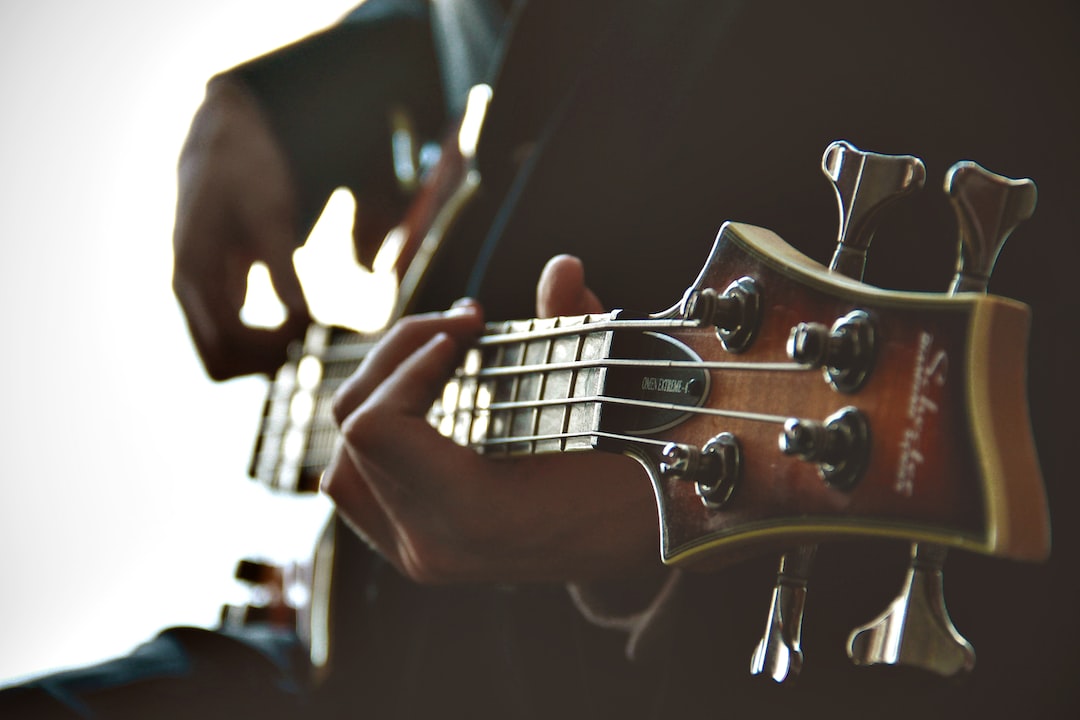
The Art of Dance: Celebrating Different Styles and Influences
Share0The Art of Dance: Celebrating Different Styles and Influences
Dance is a universal language, allowing individuals to express themselves, tell stories, and share emotions without the need for words. It transcends cultural boundaries and connects people from all walks of life through movement and rhythm. The art of dance is ever-evolving, with countless styles and influences that add to its diversity and beauty.
One of the remarkable aspects of dance is the wide range of styles that exist around the world. From ballet to hip-hop, salsa to tango, each style has its unique characteristics, techniques, and cultural influences. Ballet, for instance, originated in the royal courts of France in the 17th century and is known for its graceful and precise movements. The technique and discipline required for ballet are unmatched, with dancers spending years perfecting their technique and mastering complex choreographies.
On the other side of the spectrum, we find hip-hop, an urban dance style born on the streets of New York City in the 1970s. It emerged as a form of self-expression for African American and Latinx communities, using a mix of energetic and intricate movements. Hip-hop dance continues to evolve and fuse with other styles, incorporating elements from various cultures and communities worldwide.
In addition to cultural influences, dance styles can also be influenced by historical events, social issues, and even personal experiences. Modern dance, for example, emerged as a rebellion against the rigid structure of ballet in the early 20th century. Pioneers like Martha Graham and Isadora Duncan introduced a more expressive and fluid approach to movement, incorporating emotions and storytelling into their choreographies. Modern dance gave birth to a new form of self-expression, breaking traditional rules and embracing freedom on stage.
Furthermore, dance styles often reflect the collective cultural experiences and traditions of a particular community or region. Flamenco, a passionate and vibrant Spanish dance style, is a prime example of this. Originating from the Andalusian region of Spain, Flamenco embodies the rich history, emotions, and folklore of the Spanish people. This style combines intricate footwork, hand movements, and intense facial expressions to express joy, sorrow, and everything in between.
The beauty of dance lies in its ability to bring people together, regardless of their backgrounds or beliefs. Throughout history, numerous individuals have dedicated their lives to bridging the gaps between cultures through dance. Pioneers like Alvin Ailey, who founded the Alvin Ailey American Dance Theater, used dance as a platform to celebrate African American culture and challenge societal norms. Ailey’s iconic work, “Revelations,” explores themes of faith, struggle, and liberation, resonating with audiences worldwide.
Moreover, collaborations between different dance styles and artists often lead to breathtaking performances that blend techniques, music, and cultural influences. Contemporary dance, for instance, embraces a wide range of styles, combining elements from ballet, modern dance, and other forms. This fusion of styles allows for limitless creativity and innovation, resulting in captivating performances that capture the essence of the human experience.
In conclusion, dance is an art form that celebrates diversity and unity simultaneously. It encompasses numerous styles and influences, each offering a unique perspective and stirring emotional connections. From ballet to hip-hop, flamenco to modern dance, the art of dance continues to evolve and flourish, pushing boundaries and inspiring generations. Let us appreciate and celebrate the multitude of dance styles and influences that contribute to the vibrant tapestry of this universal language.
